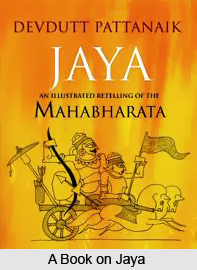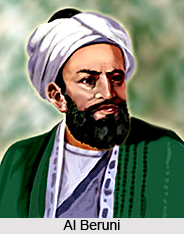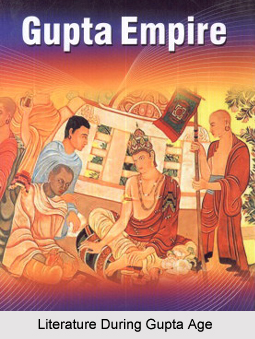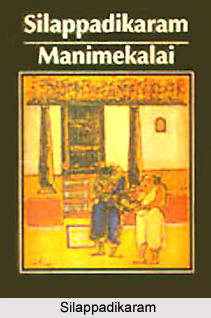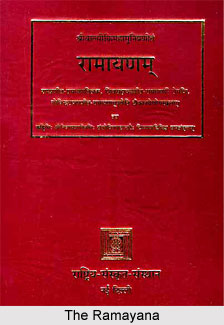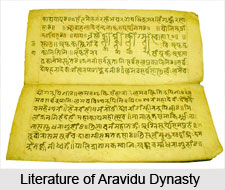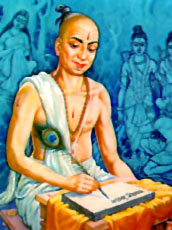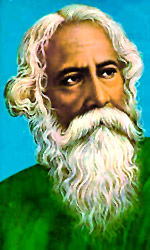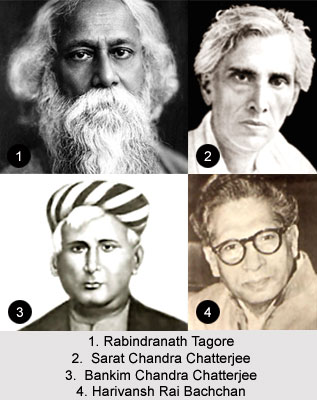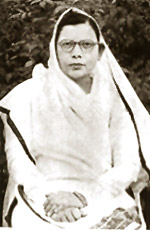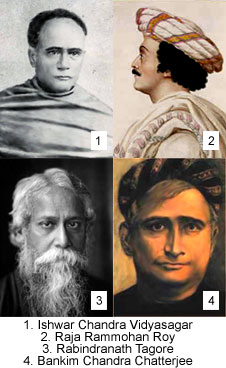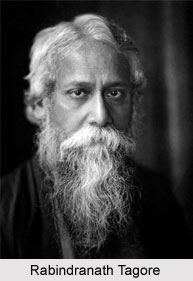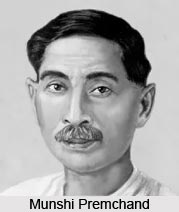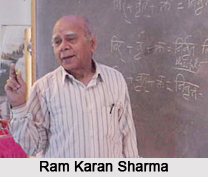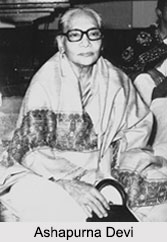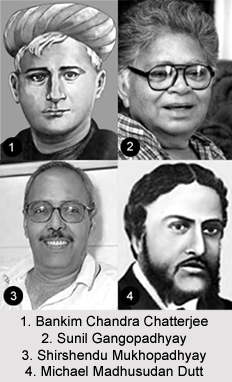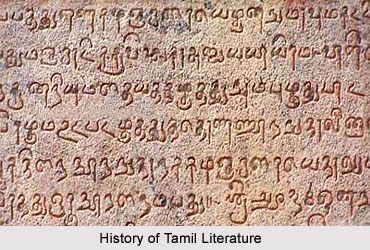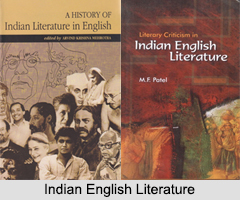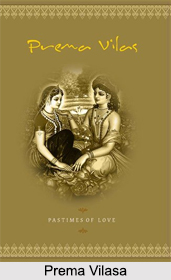 Prema Vilasa is one of the several histories that was written by Gaudiya Vaisnava Sri Nityananda Das, a disciple of Jahnava-mata, just after Sri Caitanya Mahaprabhu"s disappearance. In Prema Vilasa, he described the lives of such great persons as Srinivasa Acarya, Narottama Dasa Thakura, and Syamananda Prabhu. He also provided a glimpse into the training such Vaisnavas received at the hands of the Vrindavana Goswami, including Sri Jiva Gosvami. The efforts, which the Goswamis gave to popularize the mission of Chaitanya Mahaprabhu, have also been focused upon. Hence, there is a description of Srinivasa, Narottama, and Syamananda carrying copies of Rupa and Sanatanas Bhakti literature to Bengal. Prema Vilasa by Nityananda Das is an inspiring book especially to those who are familiar with "Sri Chaitanya Bhagavat" and "Sri Chaitanya-Charitamrita". It is often considered as the supplement to these two scriptures on account of life and teachings of Sri Chaitanya Mahaprabhu and his disciples.
Prema Vilasa is one of the several histories that was written by Gaudiya Vaisnava Sri Nityananda Das, a disciple of Jahnava-mata, just after Sri Caitanya Mahaprabhu"s disappearance. In Prema Vilasa, he described the lives of such great persons as Srinivasa Acarya, Narottama Dasa Thakura, and Syamananda Prabhu. He also provided a glimpse into the training such Vaisnavas received at the hands of the Vrindavana Goswami, including Sri Jiva Gosvami. The efforts, which the Goswamis gave to popularize the mission of Chaitanya Mahaprabhu, have also been focused upon. Hence, there is a description of Srinivasa, Narottama, and Syamananda carrying copies of Rupa and Sanatanas Bhakti literature to Bengal. Prema Vilasa by Nityananda Das is an inspiring book especially to those who are familiar with "Sri Chaitanya Bhagavat" and "Sri Chaitanya-Charitamrita". It is often considered as the supplement to these two scriptures on account of life and teachings of Sri Chaitanya Mahaprabhu and his disciples.
Events on Prema Vilasa
There are records of several incidents of the Vaishnavas like Narottama Das Thakur establishing an annual Gaura-Purnima festival at Kheturi; conversions of kings, dacoits, Brahmans, and common villagers to the Vaisnava philosophy; deep spiritual emotions and undying compassions imbued with Mahaprabhu"s sakti being felt by the Acharyas etc.
Glimpse of the Life of Mahaprabhu on Prema Vilasa
Chaitanya Mahaprabhu"s pastimes are shown explicitly and his loving exchanges with his devotees make that even more expressive. These descriptions will make the readers feel that Chaitanya Mahaprabhu is present in his mission and available to those who participate under the direction of his devotees. Prema Vilasa takes the reader into the understanding of how they conduct their loving devotional activities to their lords.
This article is a stub. You can enrich by adding more information to it. Send your Write Up to content@indianetzone.com.
